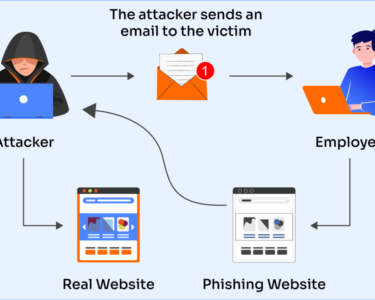
Digital Defense: Ensuring National Security
In the ever-evolving digital landscape, the protection of national security is paramount. With the advent of sophisticated cyber threats, nations must adopt robust digital defense strategies to safeguard their critical infrastructure, sensitive data, and the well-being of their citizens.
Cyber Threats: A Growing Menace
The internet has emerged as a double-edged sword, facilitating unprecedented connectivity and economic growth while simultaneously exposing nations to a myriad of cyber threats. These threats include:
- Cyberattacks: Coordinated attempts to access or sabotage computer systems, often with the intent of stealing information, disrupting services, or extorting funds.
- Espionage: The acquisition of confidential or proprietary information through unauthorized means.
- Malware: Malicious software that can infect computers, steal data, and compromise systems.
- Ransomware: Malicious software that demands payment in exchange for unlocking an encrypted system or retrieving stolen data.
Consequences of Cyberattacks
Cyberattacks can have devastating consequences for national security, including:
- Compromised national infrastructure: Cyberattacks can target critical infrastructure, such as power grids, transportation systems, and communication networks, disrupting essential services and causing widespread chaos.
- Loss of sensitive data: Cyberattacks can lead to the theft of sensitive information, such as classified documents, military secrets, or personal data of citizens.
- Economic losses: Cyberattacks can result in financial losses due to business disruptions, data breaches, and reputational damage.
- Social instability: Cyberattacks can sow discord and mistrust among citizens, exacerbating social tensions and undermining national unity.
Digital Defense Strategies
To mitigate these threats, nations must invest in robust digital defense strategies that include:
- Cybersecurity infrastructure: Establishing a robust cybersecurity infrastructure that includes advanced firewalls, intrusion detection systems, and security monitoring tools.
- Training and education: Raising awareness among citizens and government officials about cybersecurity risks and best practices.
- International cooperation: Collaborating with other nations to share intelligence, coordinate responses, and develop joint cybersecurity initiatives.
- Cyberwarfare capabilities: Developing offensive and defensive cyberwarfare capabilities to deter and respond to malicious actors.
- Regulatory frameworks: Establishing clear regulatory frameworks that outline cybersecurity responsibilities for businesses, governments, and individuals.
The Role of Artificial Intelligence (AI)
AI is transforming digital defense capabilities by enabling:
- Enhanced threat detection: AI algorithms can sift through vast amounts of data to identify and mitigate potential cyber threats in real-time.
- Automated response: AI-powered systems can automate incident response procedures, speeding up the response time and reducing the impact of cyberattacks.
- Predictive analytics: AI algorithms can analyze historical data to predict future cyber threats and vulnerabilities, allowing for proactive defense measures.
The Importance of Digital Defense
Ensuring national security in the digital age requires a comprehensive and proactive approach to digital defense. By adopting robust strategies, investing in the latest technologies, and fostering international cooperation, nations can safeguard their critical infrastructure, protect sensitive data, and maintain the well-being of their citizens in the face of evolving cyber threats.
Failure to prioritize digital defense can leave nations vulnerable to devastating cyberattacks, undermining their national security, economic stability, and social cohesion. It is essential that governments, businesses, and individuals recognize the urgency of the digital defense imperative and work together to create a more secure and resilient digital landscape for all.



